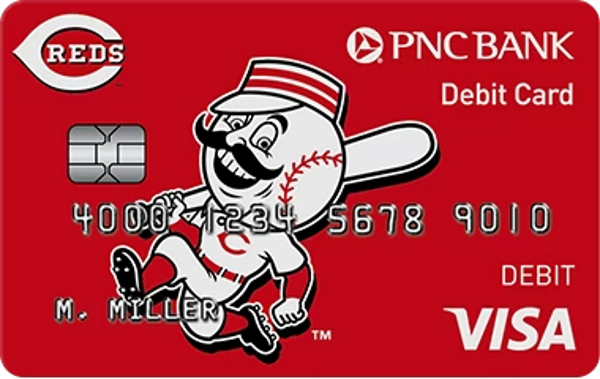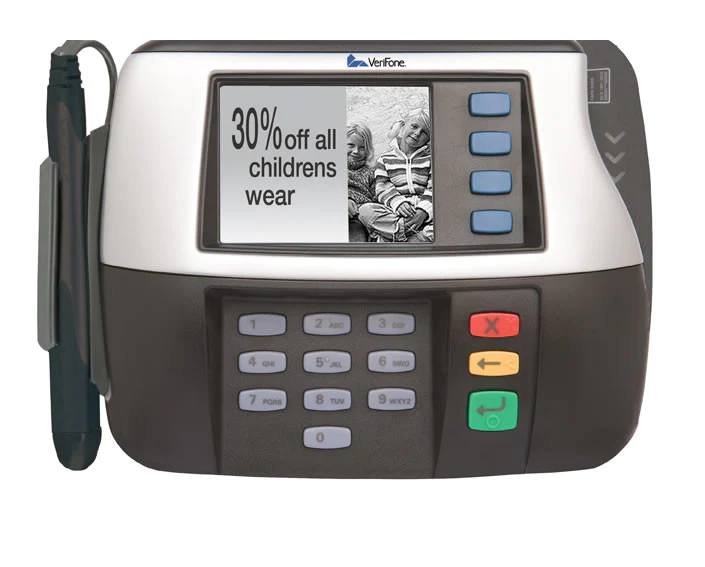
Through flexible spending accounts, people can use pretax salary withholding to pay for eligible expenses such as medical and daycare costs. The purchases can be made with the credit card that comes with the account.
Join the Accepted Platinum Credit Card Rewards Program!
Table of Contents
What Is a Flexible Spending Credit Card?
Unlike a regular credit card with a fixed credit limit, a flexible spending card has a variable credit limit.
Depending on your financial situation, credit rating, and previous payment history, this limit can vary.
If the purchase meets certain conditions, the user may go over their credit card limit. Overspending purchases will either be approved or rejected by the card issuer.
Users’ spending habits are first examined, and then the information such as their most recent payment history and income is taken into account to determine if the purchase is acceptable…
Unlike traditional credit cards, this one does not have a predetermined spending limit. Most credit card companies charge an additional fee for customers who try to exceed their limits.
Don’t confuse a flexible spending credit card (FSC) with a flexible spending account (FSA). Health savings accounts (HSAs) and Flexible Spending Accounts (FSAs) are two different savings accounts.
Advantage of Flexible Spending Cards (FSC)
It is possible to exceed your limit:
You can’t go over your limit on a typical credit card, but you’ll be charged a fee if you do.
If you’ve been making regular payments and have a steady income, a flexible spending card allows you to go over your spending limit.
If you buy a lot of big-ticket items every few months, this is a great option.
As opposed to waiting for your credit limit to increase, you can simply make the hefty payments as they occur with your flexible credit card.
Card Terms Can Be Personalized to a Greater Extent:
The way your reloadable prepaid card works for you is entirely up to you.
As long as you maintain a good credit rating and don’t consistently go over your allotted spending limit, your credit card company will allow you to make large purchases occasionally.
If you start acting irresponsibly with your flexible spending card, the issuer will stop authorizing purchases over your limit.
This is because the credit card company looks at your spending patterns, payment history, and income to see if you can afford to go over your credit limit.
A credit card with a revolving line of credit allows you to set your own spending limits.
Increasing one’s credit limit for every major purchase is a hassle that many people would prefer to avoid at all costs.
Having a large credit limit can also be a source of temptation for some people. A credit card with a reloadable feature can be used in an emergency.
Even though you can and should go over from time to time, it is not always necessary.
Disadvantage of Flexible Spending Cards (FSC)
You Must Read the Small Print:
You may be surprised by some of the fine print. For example, if you exceed your credit card limit, these cards will analyze your situation.
That means that even if you’ve been granted permission to go over your limitation in the past, that doesn’t mean it will happen again.
Additionally, you may want to keep an eye out for fees and limits that are automatically adjusted.
It’s possible that your credit score will be impacted:
The downside of using a flexible spending card is that it may harm your credit score. This is primarily due to the way credit bureaus report your card’s limit.
First and foremost, this type of credit card can affect your credit utilization. Almost a third of your credit score is based on how much of your available credit you use.
This ratio compares the amount of credit you use to the amount of credit you have available. Maintaining a credit utilization ratio below 30 percent is ideal.
Since the credit limit on a flexible spending card is not typically reported to credit bureaus, using one can harm your credit score.
That’s because it appears that you’ve exceeded your credit limit without the credit bureau being aware of it.
With a $10,000 credit limit, you’d have a 20% utilization ratio, which is a good number if you’re spending $2,000 on your card.
As a result, the credit bureau reports that you’ve spent $2,000 without benefiting from your $8,000 buffer.
However, your flexible spending card may report the credit limit to the credit bureau.
Alternatively, Even if your card allows you to go over your spending limit, the bureau will still charge you for it.
In the eyes of the credit bureau, someone who exceeds their credit limit on a traditional credit card or a flexible credit card is the same person.
Once a month, check your credit score to see how your card is affecting you.
If you have a flexible spending credit card, it may appear in the “Other Debt” section on your credit report.
Time Frame
If you have $500 in a flexible spending account, you have a year to use it or lose it—you don’t get any money back if you don’t spend it.
Join the Accepted Platinum Credit Card Rewards Program!
Use Your Card Wisely
You should always be cautious with your credit cards and how you use them, regardless of the type of card you have.
Maintain a low credit utilization ratio at all times, and pay off as much of your balance(s) as possible each month.
You should do this, especially if you don’t want to accrue interest. Credit card interest rates can range between 15% and 24%.
If you use your credit card irresponsibly and miss payments, make late payments, or max out your card, it can harm your credit score.
A low credit score can also make it challenging to obtain a mortgage, car financing, student loans, and other types of funding.
By using credit cards wisely, you demonstrate to financial institutions that you can be trusted with money. Check out Lexington Law’s resources today to learn more about credit and credit repair.
Warning
Despite the convenience of using a credit card, it’s essential to keep receipts.
You may be required to submit receipts to show that the purchase was made within the program’s parameters. You’ll have to pay back the money if you can’t show the ticket.



